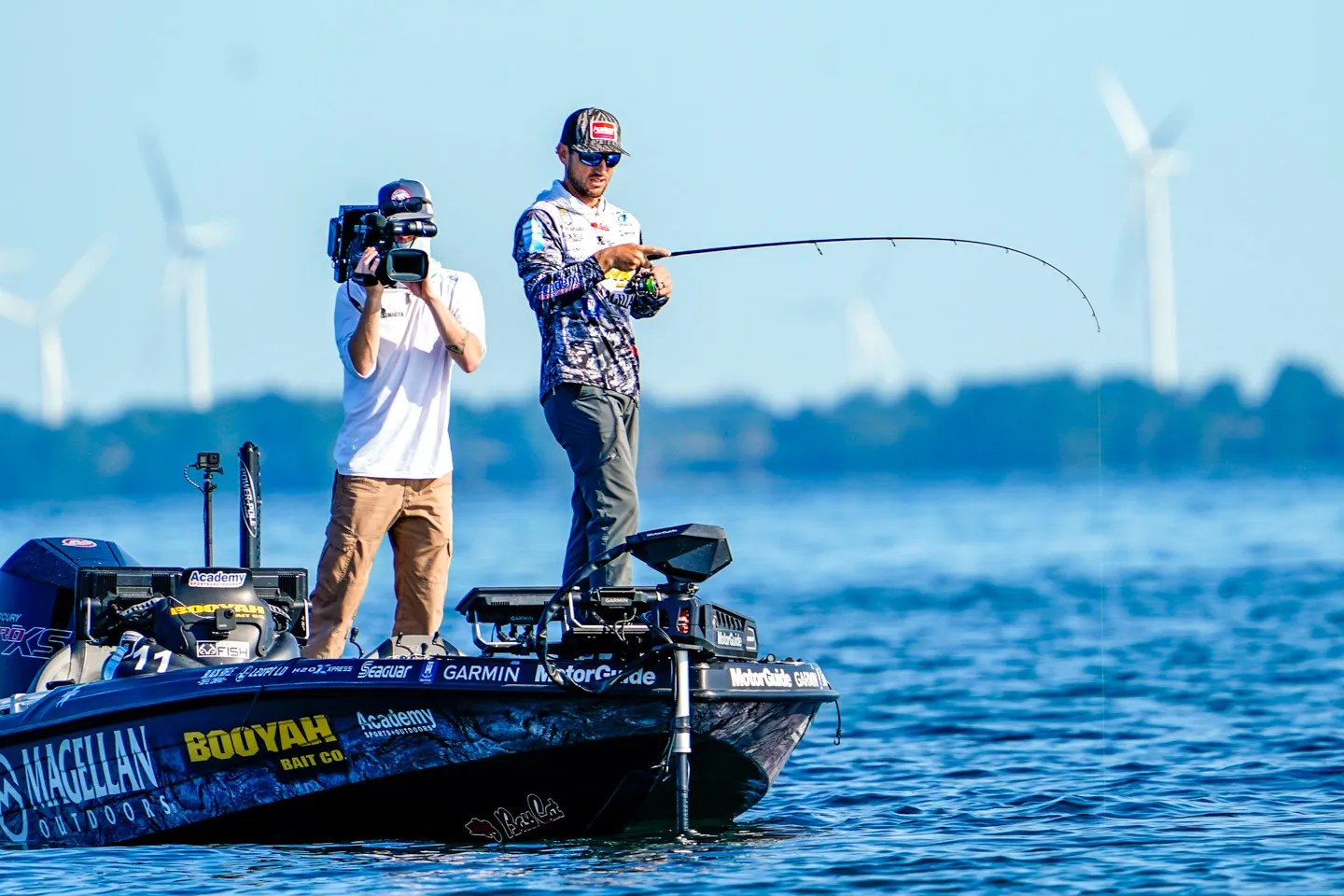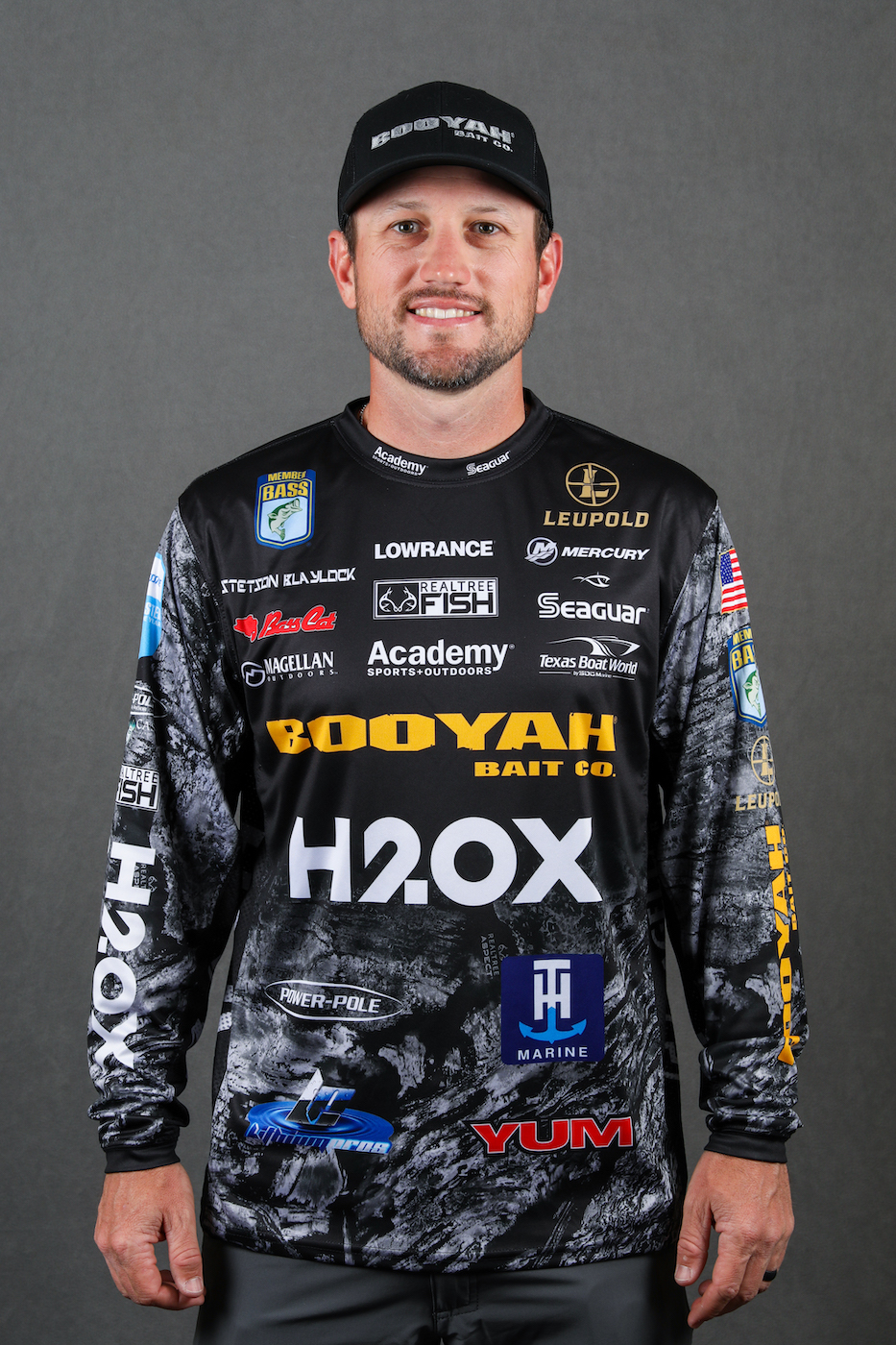
When I started out bass fishing in my early teens, forward-facing, side-imaging and down-imaging sonar had yet to be invented. I had to rely on 2D sonar, as did every other angler. We did well with what we had.
As the newer sonar technologies came along, I quickly adopted them and used them to my advantage. The most recent advancement, of course, is forward-facing sonar. I’ve taken to it well with Lowrance’s ActiveTarget. Given how forward-facing sonar has dominated tournaments over the past few years, I couldn’t be competitive on a professional level without it.
Because professional anglers have had such enormous success with this amazing technology, weekend anglers frequently ask me, “Can I still catch bass without forward-facing sonar?”
You certainly can, provided you do your research, know something about seasonal patterns and can fish a variety of baits effectively to deal with varying conditions. In fact, I believe beginning bass anglers need to learn the basics before being introduced to forward-facing sonar.
That includes my 11-year-old son and 8-year-old daughter. I don’t want them starting out with fishing tactics that revolve around forward-facing sonar. The main thing is to get them excited about the purity of simply catching fish.
It’s especially important for youngsters to get lots of bites right off. Fishing for bream or crappie is a great way to get them hooked on fishing. When I take my kids bass fishing, I have them cast baits that are easy to use.
I entered a tournament with my son on Lake DeGray the weekend before the first Bassmaster Elite Series event of the year on Toledo Bend. The bass were in prespawn mode and moving up. I had him tie on a red Booyah One Knocker lipless crankbait. All he had to do was cast and wind. He caught four of the five bass we weighed in, and we never employed forward-facing sonar.
A wacky-rigged Yum Dinger is a good bait for beginners during the spawn. They can simply throw it out there, let it sink to the bottom, shake it a little bit and reel it in. It teaches them to watch the line for bites and to know what a bite feels like. In summertime, crankbaits and Carolina rigs work well for beginners.
As my kids learn how to fish a variety of baits, I’ll teach them how to locate and pattern bass in different seasons, and which baits to use given the conditions at hand. This will give them a solid fishing foundation that will later help them take full advantage of forward-facing sonar.
I still love old-school fun fishing without forward-facing sonar. I get a kick out of finding dirty water and running and gunning with a War Eagle spinnerbait.
Then again, there are times, even in Elite Series tournaments, when you can still be successful without forward-facing sonar. These are typically events where you can catch a heavy limit by flipping or frogging for five big bites.
Right now, around the Mid-South, you can pick off prespawn bass that are moving up on grass in ditches with jerkbaits and lipless crankbaits. You don’t necessarily have to have forward-facing sonar to have success doing that.
When sight fishing for spawning bass, all you really need is a good pair of polarized sunglasses. My Leupold’s give me a clear view of bass and beds beneath the water’s surface.





